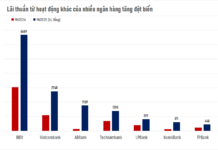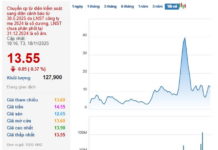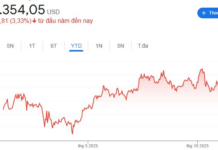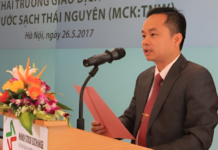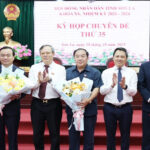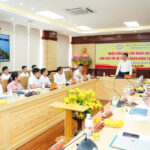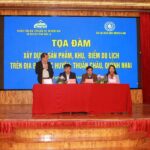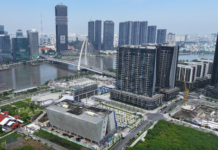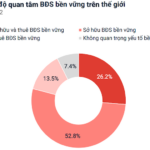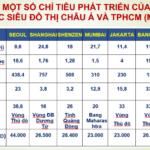
Nestled within the Moc Chau Island resort complex in Son La province, the Bach Long Glass Bridge is more than just an architectural marvel—it’s a source of national pride. Officially recognized by Guinness World Records as the longest glass-bottomed footbridge in the world, this stunning structure spans an impressive 632 meters. Surpassing China’s 526-meter glass bridge, Bach Long has become a new icon, showcasing the breathtaking beauty of Moc Chau’s highlands.
Developed by Moc Chau Tourism JSC 26 with a total investment of 773 billion VND, the project reflects a commitment to modern tourism that harmonizes with the natural landscape. Construction began in 2021, and the bridge opened to visitors on April 30, 2022.
Engineered to international standards with the collaboration of renowned technical partners, the bridge connects two mountain peaks. Its most striking section stretches 290 meters across a cliffside, with a vertiginous drop of 145 meters to the water below and a total height of 150 meters from the bridge to the valley floor—an experience that leaves visitors in awe.
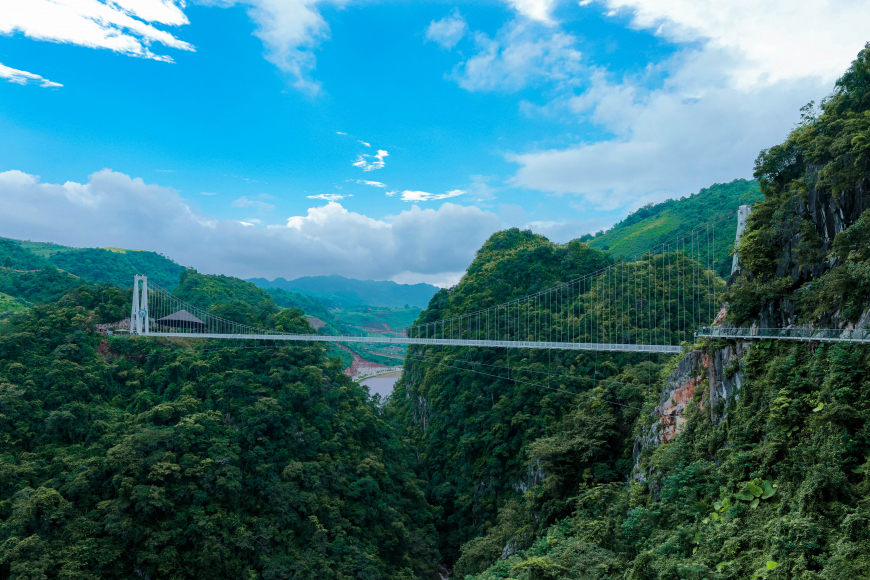
The Bach Long Glass Bridge in Son La.
The bridge’s cable system, entirely imported from South Korea, consists of 7 strands per cable, each with a diameter of 50mm. Anchored 30 meters deep into the bedrock, this system ensures maximum load-bearing capacity.
The walkway is crafted from Saint-Gobain’s (France) ultra-strong glass, comprising 3 layers with a total thickness of 40mm. The bridge measures 2.4 meters wide, narrowing to 1.5 meters where it clings to the cliffside.
Safety is paramount. The entire structure has been rigorously tested by Kuraray (Japan), including heavy load trials with trucks, to guarantee absolute security. Despite its capacity for thousands, visitor numbers are capped at 500 per session to maintain optimal safety.
Beyond its height, Bach Long offers a multisensory experience. Equipped with a dynamic lighting system and 9D technology, the bridge features 60 visual and auditory effects—such as swimming fish and soaring dragons—creating an immersive and thrilling journey.
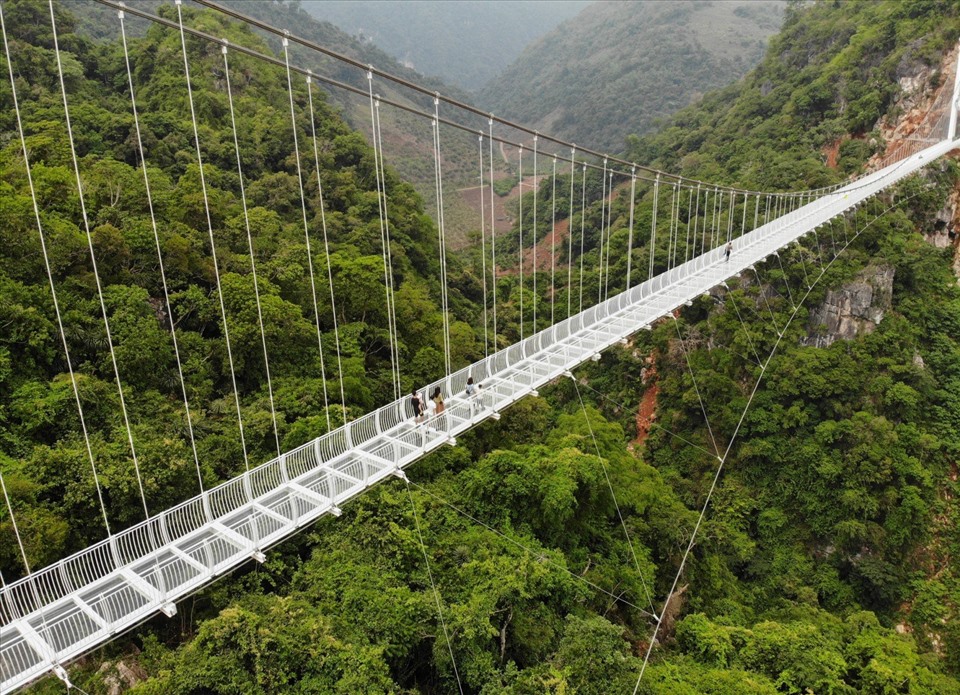
Certified by Guinness World Records as the longest glass-bottomed footbridge, spanning 632 meters, including a 290-meter mountain-to-mountain section and a 342-meter cliffside walkway.
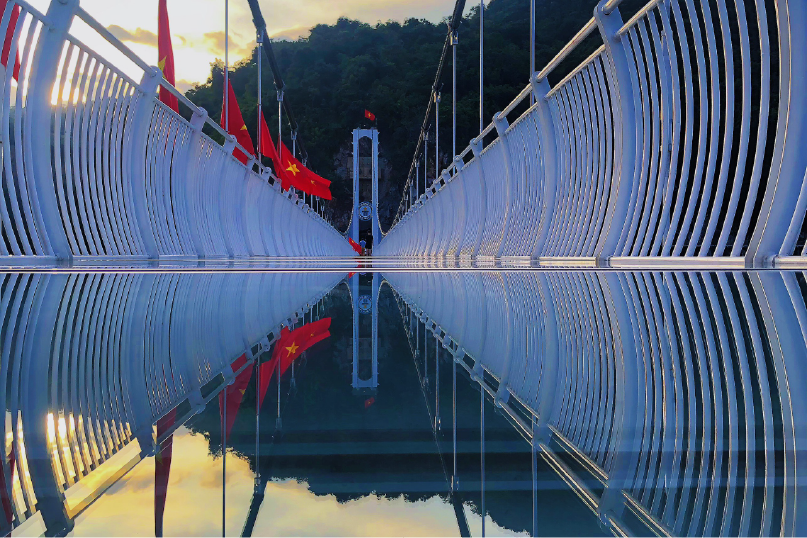
The walkway features Saint-Gobain’s ultra-strong glass from France.
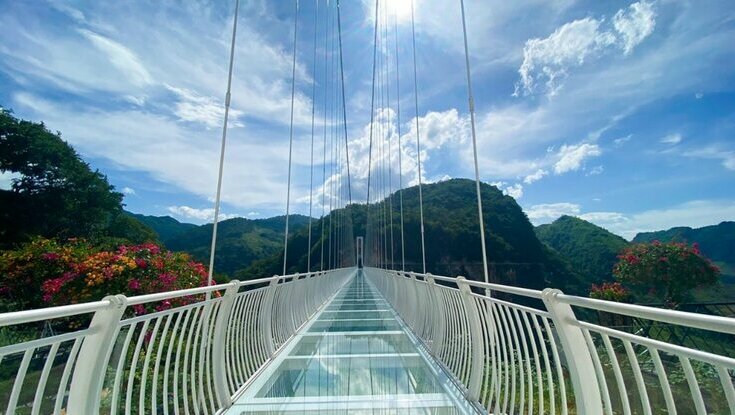
Skywalk Extension: After crossing the main bridge, visitors continue their journey on a 342-meter glass Skywalk hugging the cliffside. Along the way, two protruding platforms—3 meters wide and 5 meters long, made of white glass—offer perfect spots for photos and panoramic views of the resort.
Night Illumination: At 6 PM daily, thousands of colorful lights transform the bridge into a mesmerizing spectacle, turning Bach Long into a radiant “white dragon” amidst Moc Chau’s forests.
Ticket prices vary by day and visitor type. Adult tickets for the Bach Long Glass Bridge cost 550,000 VND on weekdays (Monday to Thursday) and 650,000 VND on weekends (Friday to Sunday) and holidays. This includes free entry to the resort. Standalone resort tickets are 100,000 VND on weekdays and 150,000 VND on weekends/holidays. Children between 1m and 1.4m receive discounted rates, while those under 1m enter free.
Unprecedented Coffee Prices in Son La Region Today, November 2nd
Coffee prices are soaring today, with a notable surge in the Arabica variety, particularly in Son La, Vietnam’s largest Arabica-growing region.
Investment Opportunity: August 2025 – Five Urban Development Projects with a Combined Capital of Nearly VND 30.2 Trillion
In August 2025, five provinces attracted investment with seven projects, totaling nearly VND 31.3 trillion. Notably, Quang Ngai province sought investment for three urban areas, with a total investment of approximately USD 1 billion.
Unveiling the Scenic Splendor: Unlocking Tourism in the Son La Hydropower Lake Region
The area surrounding the Son La Hydropower Plant has been likened to a “gem” of the Northwest, with prospects of surpassing even Moc Chau in terms of tourism potential. However, the development of tourism services in this region must prioritize the preservation and enhancement of the natural landscape and the cultural heritage of the local Thai ethnic community. This means avoiding the construction of concrete hotels and instead, embracing a more sustainable and culturally sensitive approach to development.





